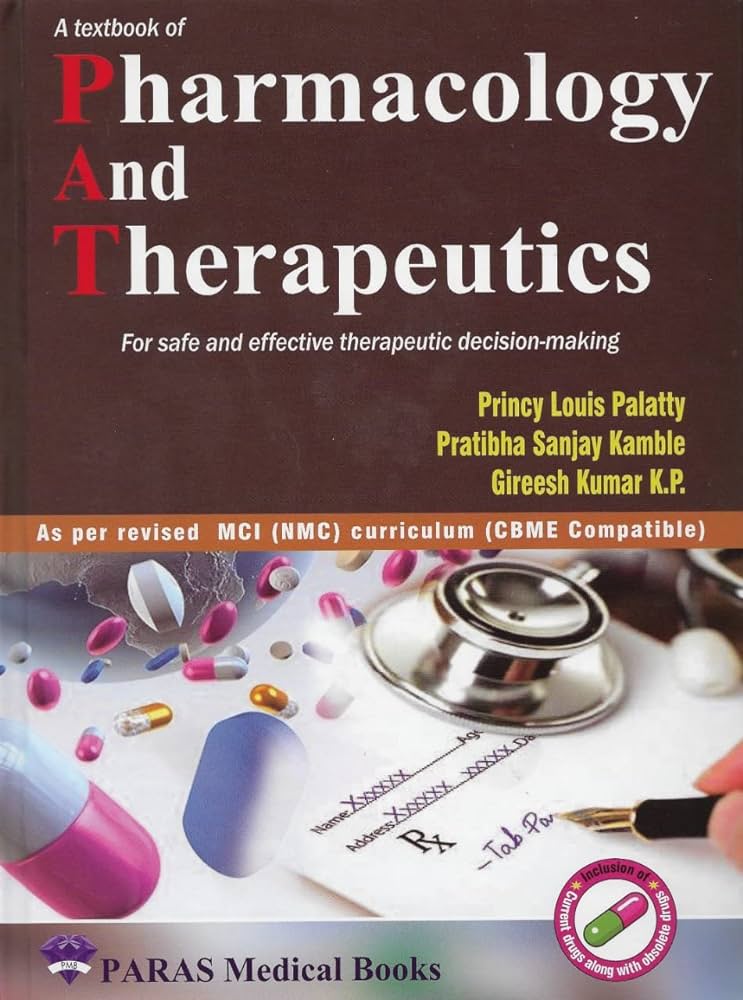Cerebrovascular protective functions of amyloid precursor protein: Progress and therapeutic prospects
IF 12.5
1区 医学
Q1 PHARMACOLOGY & PHARMACY
引用次数: 0
Abstract
Under physiological conditions, amyloid precursor protein (APP) is critically important for normal brain development, neurogenesis, neuronal survival, and synaptic signaling. Dyshomeostasis of APP increases deposition and accumulation of amyloid β (Aβ) in the brain parenchyma and cerebral blood vessels thereby leading to development of Alzheimer's disease and cerebral amyloid angiopathy. In this review, we critically examine existing literature supporting the concept that endothelial APP performs important vascular protective functions in the brain. Studies in cultured human brain microvascular endothelium and cerebral arteries derived from genetically modified mice indicate that loss of APP impairs expression and function of Krüppel-like Factor 2 (KLF2) and endothelial nitric oxide synthase (eNOS) thereby causing endothelial dysfunction. Congruency between the findings obtained in murine and human cerebrovascular endothelium is consistent with strong evolutionary conservation of APP, and reinforces the concept that APP is an important vascular protective protein. Furthermore, we highlight vascular protective effects of APP during aging. We also address the roles of endothelial prostacyclin and nitric oxide in control of expression and proteolytic cleavage of APP. Finally, we outline potential translational opportunities emerging from recent advances in understanding of cerebrovascular function of APP. Several pharmacologically active domains of APP have been identified thus providing templates for creation of novel peptides with therapeutic properties.
淀粉样前体蛋白的脑血管保护功能:研究进展及治疗前景。
在生理条件下,淀粉样蛋白前体蛋白(APP)对正常大脑发育、神经发生、神经元存活和突触信号传导至关重要。APP的失衡增加了脑实质和脑血管中β淀粉样蛋白(Aβ)的沉积和积累,从而导致阿尔茨海默病和脑淀粉样血管病的发展。在这篇综述中,我们对支持内皮APP在大脑中发挥重要血管保护功能的现有文献进行了批判性的研究。对培养的人脑微血管内皮和转基因小鼠脑动脉的研究表明,APP缺失会损害kr ppel样因子2 (KLF2)和内皮型一氧化氮合酶(eNOS)的表达和功能,从而导致内皮功能障碍。在小鼠和人类脑血管内皮中获得的结果的一致性与APP的强进化保守性一致,并加强了APP是一种重要的血管保护蛋白的概念。此外,我们强调了APP在衰老过程中的血管保护作用。我们还讨论了内皮细胞前列环素和一氧化氮在控制APP表达和蛋白水解裂解中的作用。最后,我们概述了APP脑血管功能的最新进展所带来的潜在翻译机会。已经确定了APP的几个药理活性结构域,从而为创造具有治疗特性的新型肽提供了模板。
本文章由计算机程序翻译,如有差异,请以英文原文为准。
求助全文
约1分钟内获得全文
求助全文
来源期刊
CiteScore
23.00
自引率
0.70%
发文量
222
审稿时长
90 days
期刊介绍:
Pharmacology & Therapeutics, in its 20th year, delivers lucid, critical, and authoritative reviews on current pharmacological topics.Articles, commissioned by the editor, follow specific author instructions.This journal maintains its scientific excellence and ranks among the top 10 most cited journals in pharmacology.

 求助内容:
求助内容: 应助结果提醒方式:
应助结果提醒方式:


